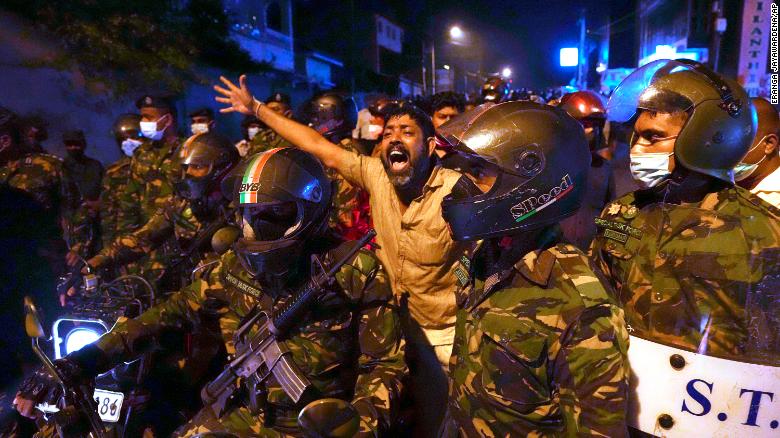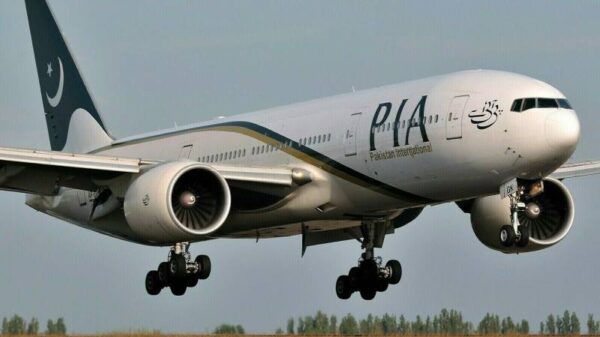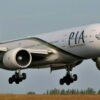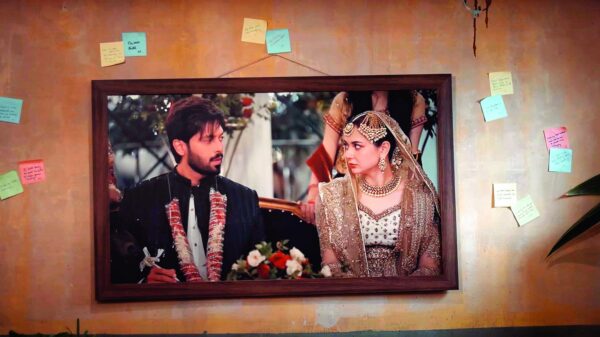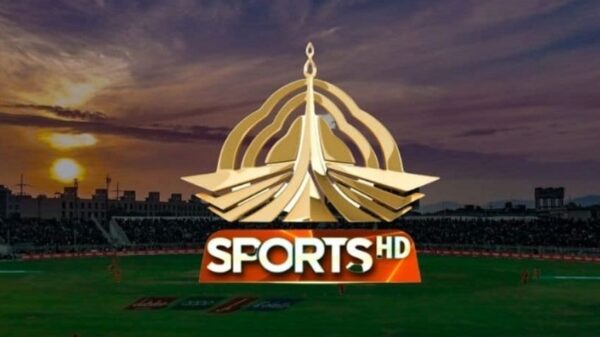Around 6 p.m. on Tuesday, KD Chaminda Lakshan, a father of two from central Sri Lanka, was sent to the Kegalle Teaching Hospital, in critical condition.
When residents in Rambukkana, enraged by long gasoline lines, battled with police hours earlier, the 41-year-old was waiting outside a filling station.
The hospital’s director, Mihiri Priyangani, told Reuters that Lakshan was likely killed by live bullets used by police to disperse the protesters.
As Sri Lanka faces its greatest economic crisis since its independence in 1948, the murder of the country’s first victim underscores the dangers of more conflict.
Over the last several weeks, thousands of Sri Lankans have demonstrated against President Gotabhaya Rajapaksa in nonviolent rallies, enraged by shortages of commodities like medication and gasoline and long power outages.
The Covid-19 outbreak has ravaged Sri Lanka’s tourism industry, and rising oil costs because of Russia’s invasion of Ukraine have further exacerbated the country’s financial problems.
Residents in Rambukkana, a tiny town in the country’s centre surrounded by wooded hills, recalled how some people had waited up overnight at a gasoline station to gain petrol, but there was none available on Tuesday morning.
In a little café near the station, Kausala Desilva, 39, says that the lack of food has left her and her customers feeling irritated. “We didn’t know when the supplies would be delivered.”
The issue is wreaking havoc on both middle-class and lower-income families, some of whom are already in a state of shock because of the outbreak.
Cooking gas has become limited and costs of eggs, butter, flour and sugar have gone up in recent weeks, according to Indika Priyantha Kumara of a baking firm.
A huge bandage on his forehead covered an injury he claims he got during the protests. “Life has never been so terrible,” he remarked. “We can’t go on living like this.”
‘A reasonable amount of force’
President Rajapaksa and his elder brother, Prime Minister Mahinda Rajapaksa, both issued comments on Wednesday saying that the event in Rambukkana will be thoroughly investigated by the Sri Lankan police.
The police have defended their tactics, including the deployment of tear gas, saying that protestors were attempting to torch a fuel tanker that they had stopped at the railroad crossing.
An Ajith Rohana told reporters on Wednesday that the police officers who took part in the operation said that they used appropriate force under the law.
Reuters reporters spotted rocks, tear gas canisters, and bullet casings scattered on the ground near the site early on Wednesday morning.
When the police used tear gas and the protesters responded, locals in Rambukkana said that they had gone several hours with no violence during the protest that had blocked the border.
In Kumara’s words, “It was really calm, and we didn’t do any harm.”
At approximately 4:30 pm on Tuesday, a homeowner near the railway crossing filmed what he claimed to be individuals arguing with a group of police, according to footage viewed by Reuters.
In the early evening hours, the Kegalle Teaching Hospital began receiving casualties from Rambukkana, including Lakshan and three others with suspected gunshot wounds who are currently in intensive care.
It injured many people in the abdomen, according to the medical director, Priyangani.
Lakshan’s daughter sobbed as she mourned her father, a small businessman, outside their family home on Wednesday afternoon.
Piumi Upekshika Lakshani, 19, stated, “My father was a really wonderful guy who loved to serve other people.” No one was ever upset by him.”
Works at The Truth International Magazine. My area of interest includes international relations, peace & conflict studies, qualitative & quantitative research in social sciences, and world politics. Reach@ [email protected]


